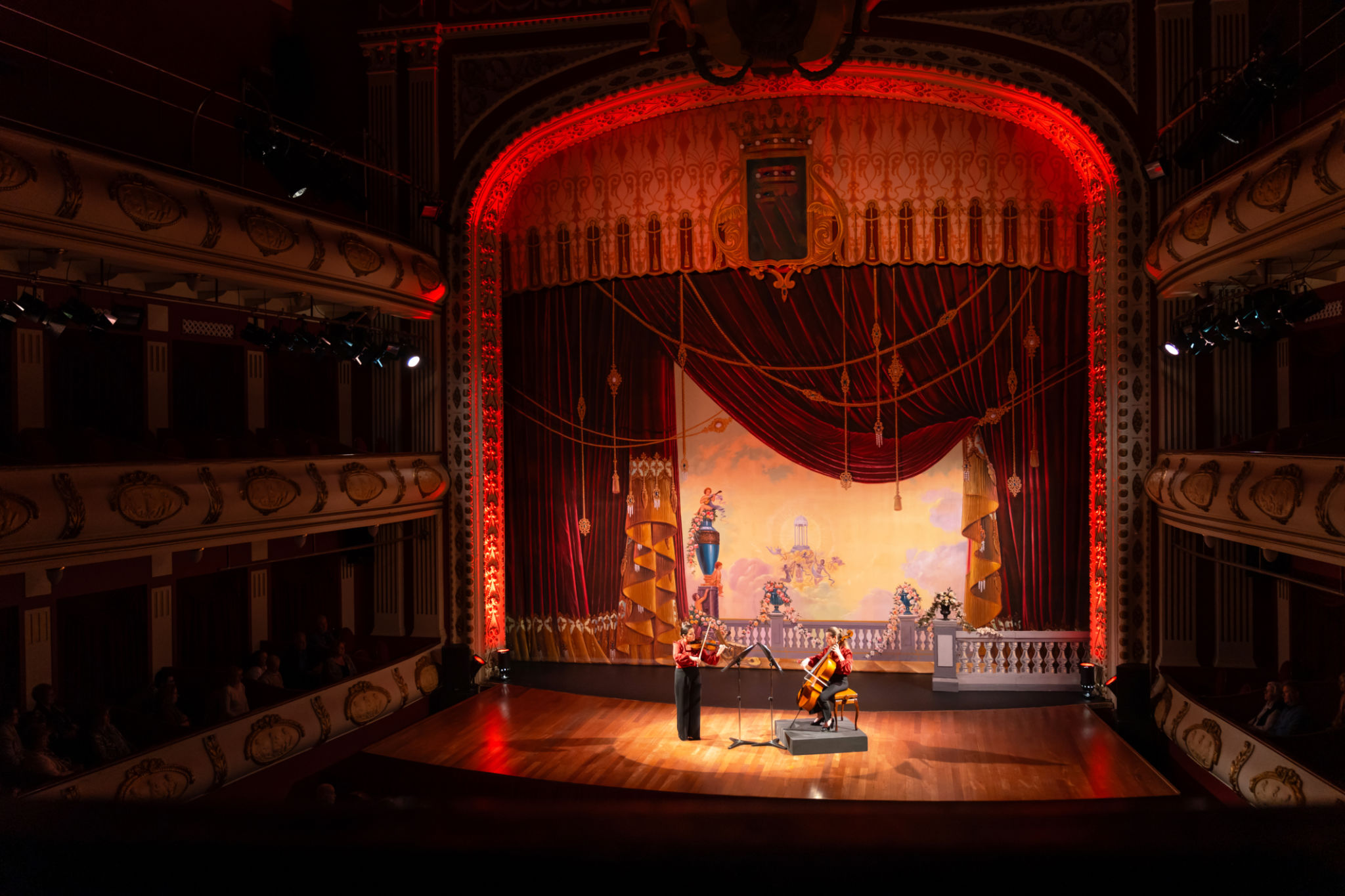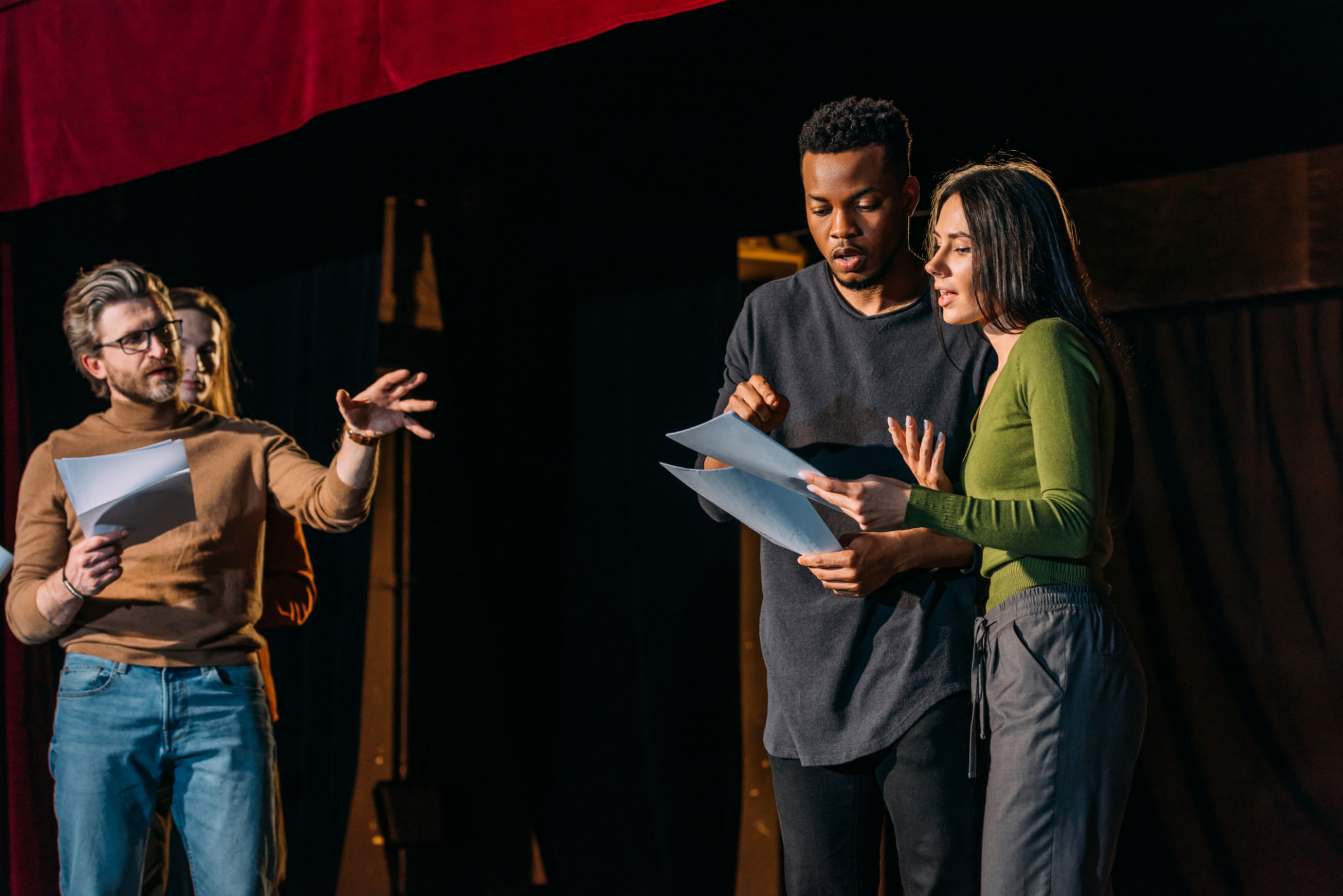Exploring the Art of Theatre Direction with Peter Dewar
Introduction to Theatre Direction
Theatre direction is a multifaceted art that requires a blend of creativity, leadership, and deep understanding of the dramatic arts. One of the most revered names in this field is Peter Dewar, whose innovative approaches have left indelible marks on the world of theatre. In this blog post, we will delve into the nuances of theatre direction through the lens of Peter Dewar's illustrious career.
Peter Dewar's journey in theatre direction began in his early years, where his passion for storytelling and performance arts guided him towards a career that would eventually redefine contemporary theatre. His methods are celebrated for their originality and ability to evoke profound emotional responses from audiences.

The Role of a Theatre Director
A theatre director's role is akin to that of a conductor in an orchestra. They are responsible for bringing together various elements of a production, including the script, actors, set design, lighting, and sound, into a cohesive and compelling performance. Peter Dewar believes that a director must possess a clear vision and the ability to communicate it effectively to the cast and crew.
Key Responsibilities
Some of the key responsibilities of a theatre director include:
- Interpreting the script and developing a vision for the production.
- Casting the right actors for each role.
- Collaborating with designers to create the set, costumes, lighting, and sound.
- Leading rehearsals and guiding actors to deliver their best performances.
- Ensuring that all elements of the production come together seamlessly.

Peter Dewar's Directorial Approach
Peter Dewar is known for his unique directorial approach, which emphasizes collaboration and innovation. He believes that the best productions are those where every member of the team feels valued and heard. Dewar's rehearsals are often described as dynamic and inclusive, with a strong focus on experimentation and exploration.
One of Dewar's signature techniques is his use of improvisation during rehearsals. This allows actors to explore their characters more deeply and discover new dimensions of their roles. Dewar also encourages input from his actors and crew, fostering a creative environment where ideas can flow freely.

Challenges in Theatre Direction
Despite the rewards, theatre direction comes with its own set of challenges. Balancing artistic vision with practical constraints such as budget, time, and resources can be daunting. Peter Dewar has faced these challenges head-on, often finding innovative solutions to overcome them.
Common Challenges
Some common challenges faced by theatre directors include:
- Managing limited budgets while maintaining high production quality.
- Dealing with unforeseen technical issues during rehearsals and performances.
- Navigating the complexities of human relationships within the cast and crew.
- Adapting to changes in audience preferences and expectations.
Legacy and Influence
Peter Dewar's impact on theatre direction extends beyond his own productions. He has mentored numerous aspiring directors, sharing his knowledge and passion for the craft. His influence can be seen in the works of many contemporary directors who have adopted his collaborative and innovative approach.
Through workshops, lectures, and published works, Dewar continues to inspire and educate the next generation of theatre professionals. His contributions to the field have earned him numerous accolades and a lasting legacy in the world of theatre.

Conclusion
Exploring the art of theatre direction with Peter Dewar offers valuable insights into the complexities and joys of this creative profession. His dedication to collaboration, innovation, and storytelling serves as a guiding light for both seasoned directors and newcomers to the field. As theatre continues to evolve, the principles and practices championed by Dewar will undoubtedly remain relevant and influential.
